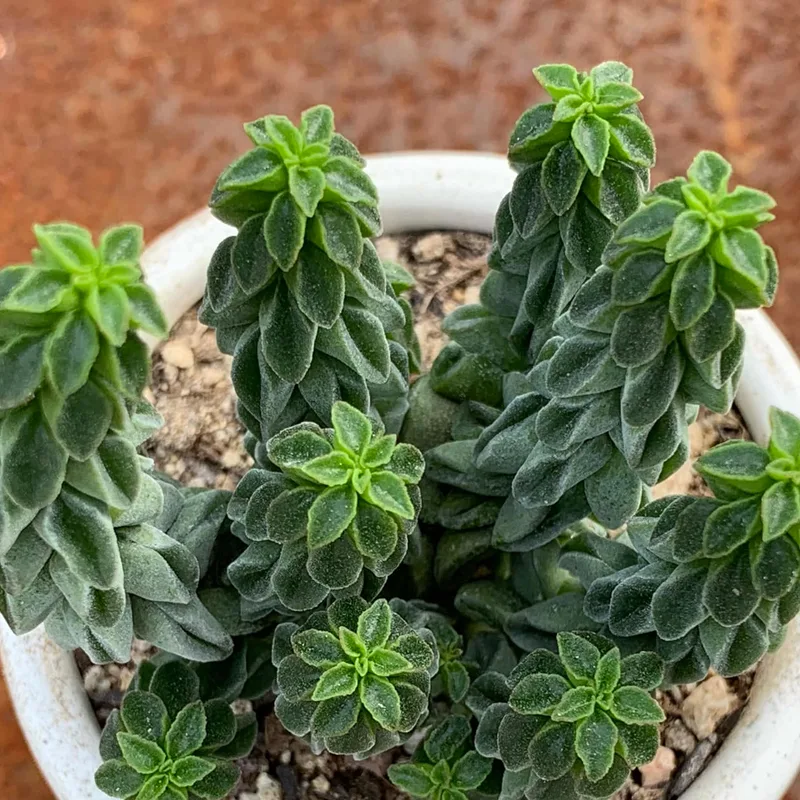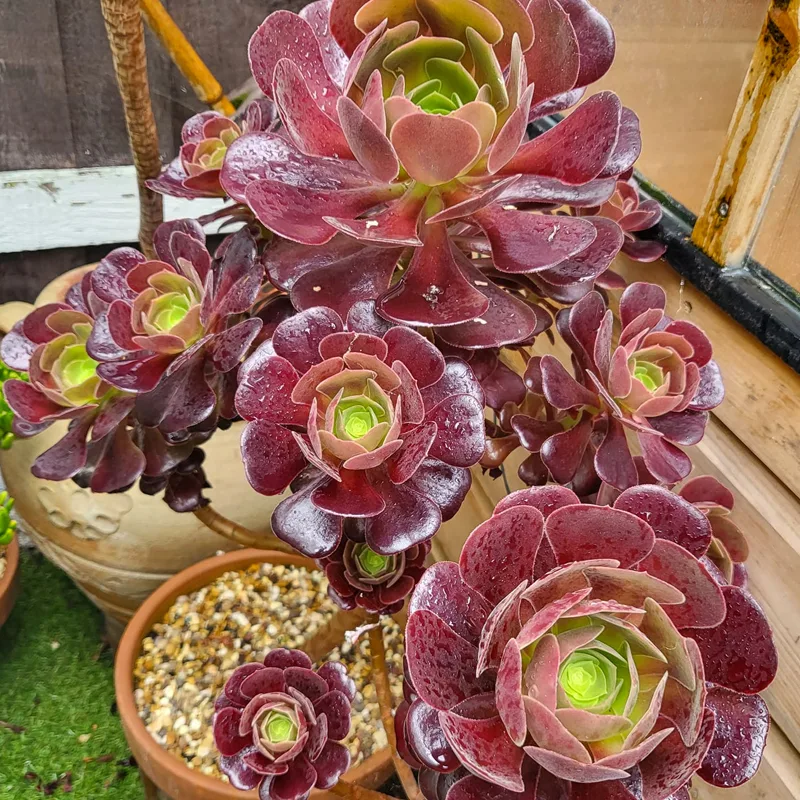My Fascination with Woodreeds: Exploring the Cinna Genus
As a botanist, I’m constantly drawn to the intricate beauty and quiet resilience of grasses. Among my favorites is the Cinna genus, commonly known as woodreeds. These understated plants, often overlooked amidst showier flora, possess a unique charm that captivates me. Their delicate form and subtle elegance belie a hardiness that allows them to thrive in diverse environments across the Northern Hemisphere.
Understanding the Cinna Genus
Cinna is a small genus belonging to the Poaceae family, which encompasses all grasses. It’s characterized by its slender stems, delicate inflorescences, and preference for moist habitats. While not as economically significant as rice or wheat, woodreeds play a vital ecological role. They provide food and shelter for various wildlife and contribute to soil stabilization.
Diving into the Diversity of Cinna
Though small, the Cinna genus boasts a fascinating array of species, each with distinct characteristics.
- Cinna arundinacea: Commonly known as sweet woodreed, Cinna arundinacea is a perennial grass native to North America, typically found in moist woods, wetlands, and shaded riverbanks. This species has tall, slender stalks that grow between 3 to 6 feet in height, with delicate, light green leaves and a feathery inflorescence that blooms in late summer. Sweet woodreed is valued for its graceful appearance in naturalistic landscapes and its ability to stabilize soil in riparian areas. It provides food and habitat for various insects and small animals and contributes to the biodiversity of wetland ecosystems.
- Cinna latifolia: Also called drooping woodreed, Cinna latifolia is a perennial grass native to cooler, moist forests in North America and parts of Eurasia. Known for its wide leaves and drooping flower heads, this species grows to around 2 to 4 feet in height. The airy flower clusters are typically pale green and have a nodding form, which gives a soft look to shaded woodland environments. Cinna latifolia thrives in forested areas with rich, damp soil, making it a good choice for naturalistic plantings in areas that mimic its native habitat, where it can provide habitat for wildlife and prevent soil erosion.
- Cinna bolanderi: Cinna bolanderi, or Bolander’s woodreed, is a rare grass species native to the moist, shaded forests of the western United States, primarily found in California. Unlike other Cinna species, this grass is less widespread and more particular about its environment, preferring cooler, shaded, and high-elevation forest habitats. It features narrow, green leaves and delicate panicles that give a graceful look to woodland understories. Due to its limited range, Cinna bolanderi is often a subject of conservation interest, as it plays a specific ecological role in maintaining the forest floor stability and biodiversity in its native range.
The Allure of Woodreeds
My interest in Cinna stems from several factors. First and foremost, I admire their understated beauty. Their graceful form and subtle colors blend seamlessly into their surroundings, creating a sense of tranquility. Unlike their more flamboyant counterparts, woodreeds don’t demand attention; they earn it through their quiet elegance.
Secondly, I’m intrigued by their adaptability. Woodreeds can thrive in a variety of habitats, from damp woodlands and meadows to stream banks and forest edges. This resilience speaks to their evolutionary success and highlights their ecological importance.
Finally, I appreciate the role Cinna plays in the ecosystem. These grasses provide valuable resources for wildlife, offering food and shelter for birds, small mammals, and insects. They also contribute to soil health by preventing erosion and adding organic matter.
My Ongoing Exploration
My journey with the Cinna genus is far from over. I continue to be fascinated by these plants and eager to learn more about their biology, ecology, and evolutionary history. I believe that by understanding and appreciating these often-overlooked grasses, we can gain a deeper appreciation for the intricate web of life that connects us all.
If i die, water my plants!



